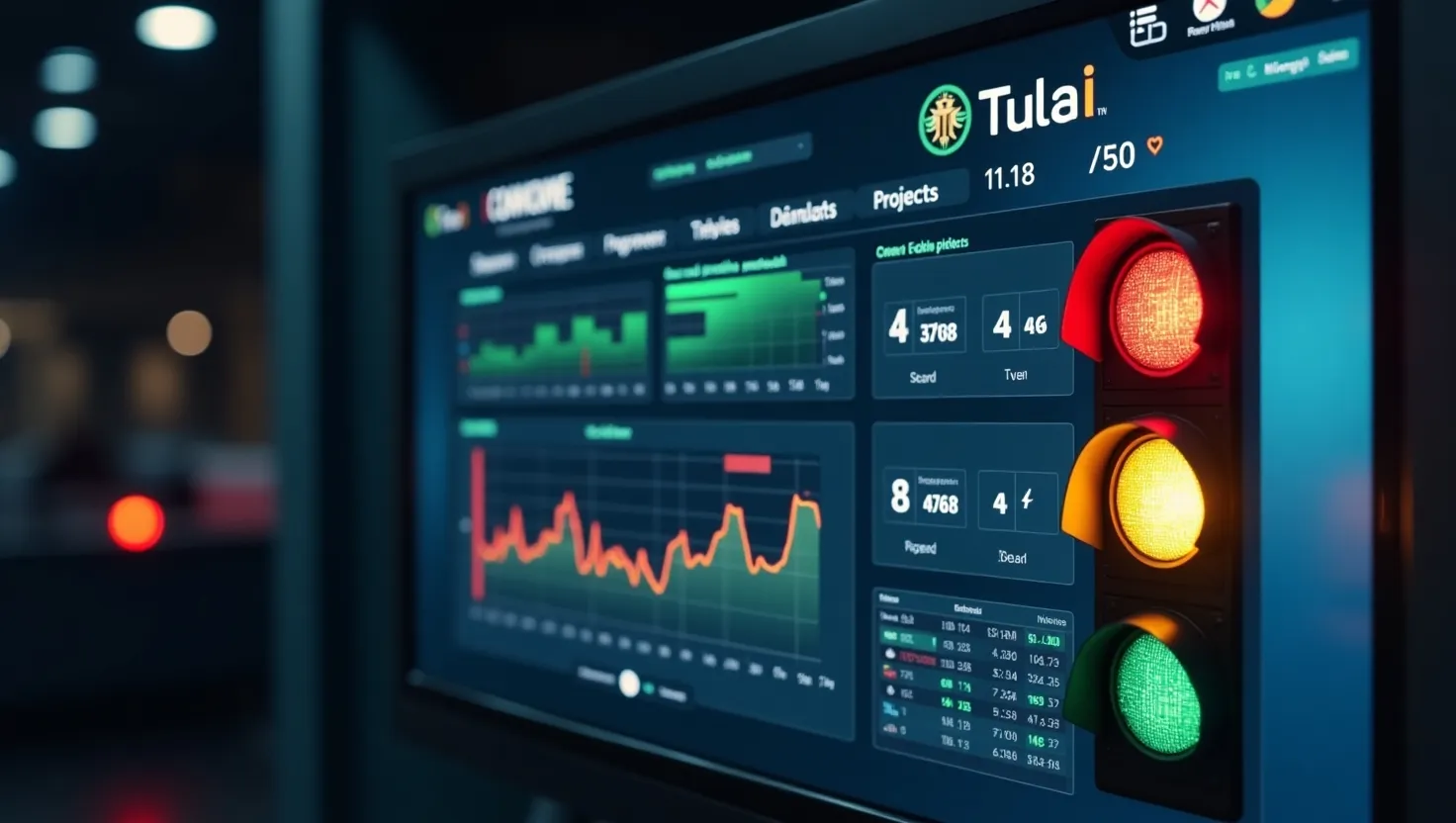Russian Regions May Adopt Tula’s Digital Governance Model
The Tula Region has presented its practices in digital government. The model could be scaled to other Russian regions and, eventually, exported to neighboring countries to make services more transparent and efficient.

The Tula Model
Specialists from the Tula Region showcased their innovative practices in government digitalization: the “Traffic Lights” monitoring dashboard, designed to track the implementation of federal projects, and a risk-management system at the regional government level. The presentation took place at the federal platform of the “Scaling the Coordination Center to Russian Regions” project.
For residents of Tula, the benefits are immediate: quicker decision-making and more transparent execution of national projects. Tools like the “Traffic Lights” dashboard, which makes project statuses visible, and risk-response mechanisms are key elements. At the same time, the Tula case is of interest nationwide—it represents a scalable model of digital governance that can be applied elsewhere.

Exporting the Approach
Thanks to the federal program for deploying unified tools of digital governance—the “Scaling CC” project—the Tula experience can be extended to other Russian regions, where Regional Coordination Centers (RCCs) are being created.
International expansion, however, remains limited for now due to adaptation of these tools to Russian national projects and regional reporting requirements. But the approach itself—its methodology, consulting services, and dashboard design—could be exported to countries in the CIS and the Eurasian Economic Union (EAEU), where governments are undergoing similar transformations. Such expansion would require localization of metrics and software stacks.

Previous Presentations
The search for effective solutions to monitor national projects and manage information risks has been ongoing. For instance, on December 7, 2024, Moscow’s traffic management center (TsODD) introduced dashboards that enhance situational awareness. Real-time screens with transport data supported fast decision-making and set a benchmark for digital dashboards in metropolitan governance.
Earlier, the Tula Region had presented advanced data-management tools at a regular “Scaling CC” meeting. And on May 30, 2025, as part of the same initiative, the region demonstrated information panels such as the “Assignment Control” system and the “Sociological Research Navigator.”

Nationwide Value
The latest announcement from Tula reflects the steady development of regional management analytics embedded in process-based governance. These solutions increase transparency, accelerate responses, and improve execution of tasks. As a result, replication of Tula’s model across Russia is expected to accelerate. Dashboards like “Traffic Lights” and information risk-management procedures are expected to appear in new RCCs, while the Tula experience could serve as a reference point.
The depth of analytics will also expand. Beyond status tracking and basic KPIs, future models will incorporate predictive scenarios, prioritization of incidents, and digital footprints of project execution. This reflects a broader global trend toward proactive, data-driven governance.










































